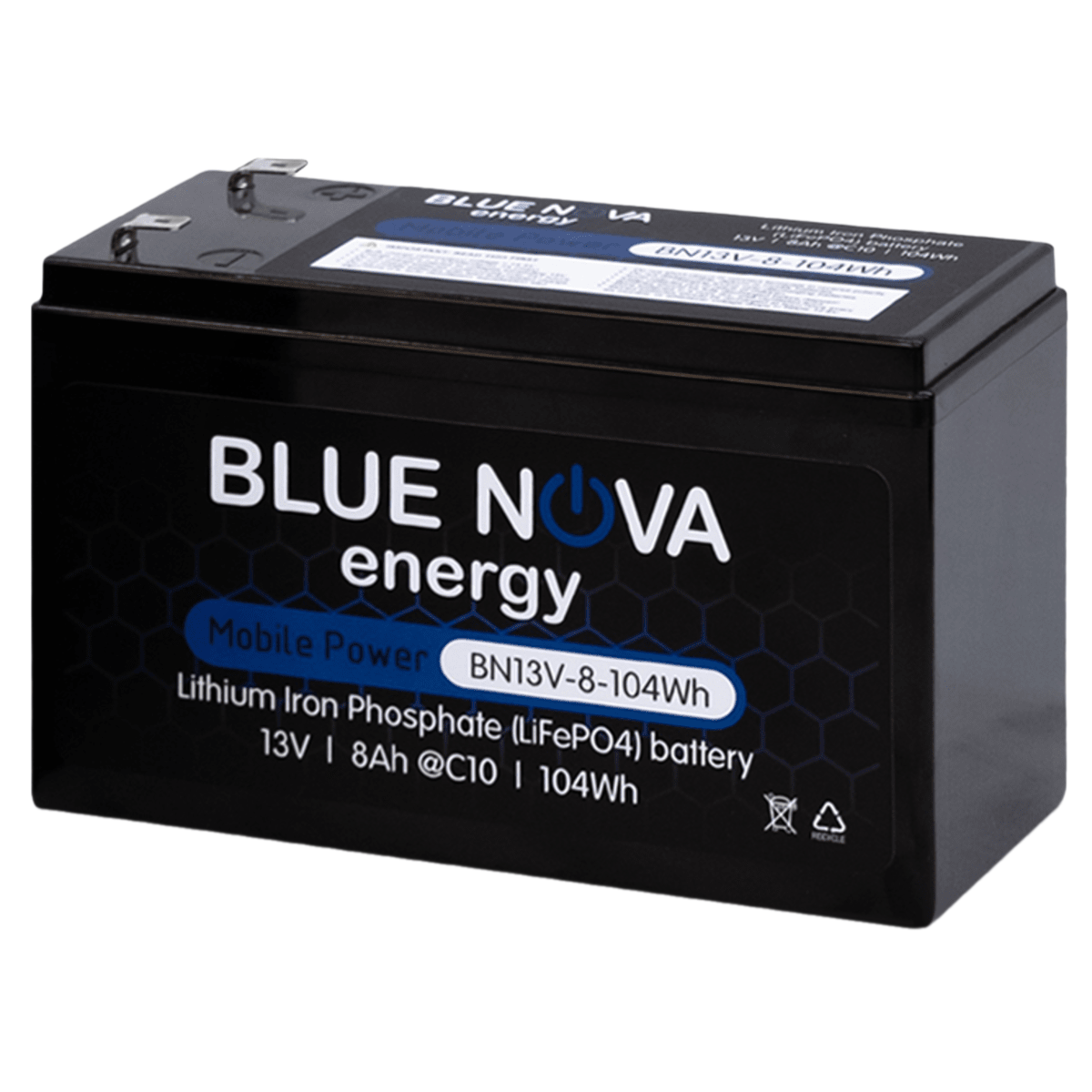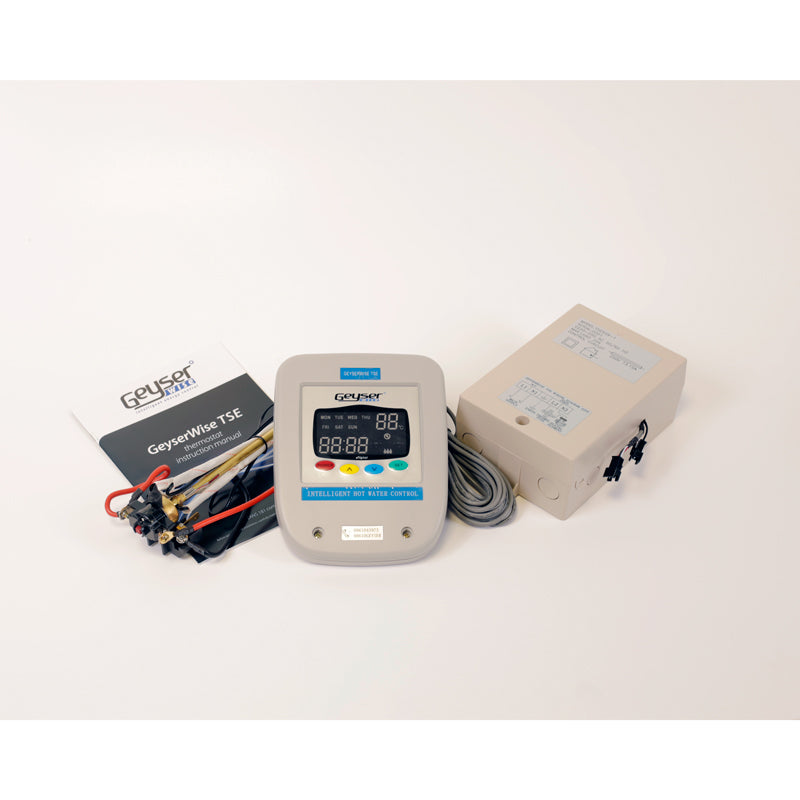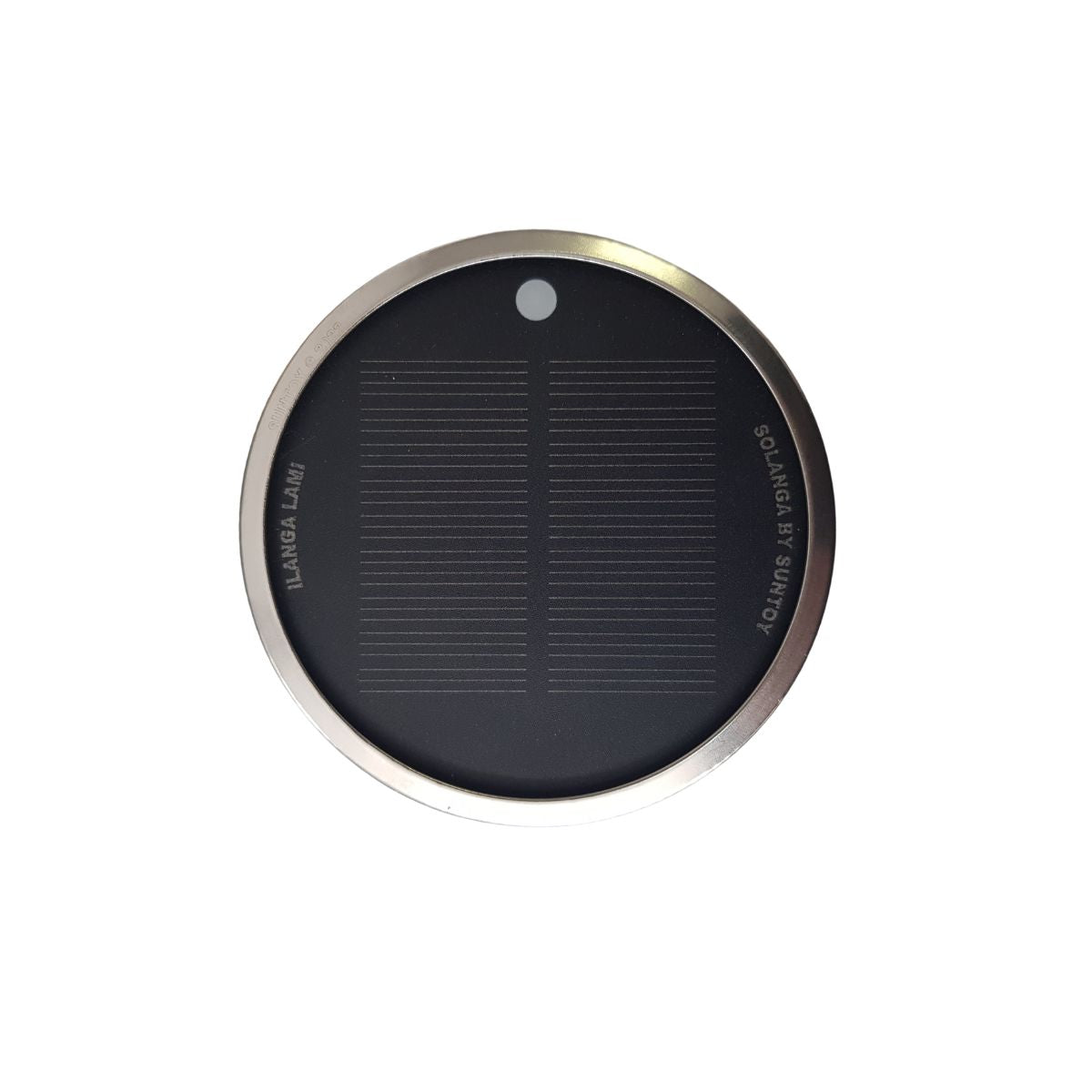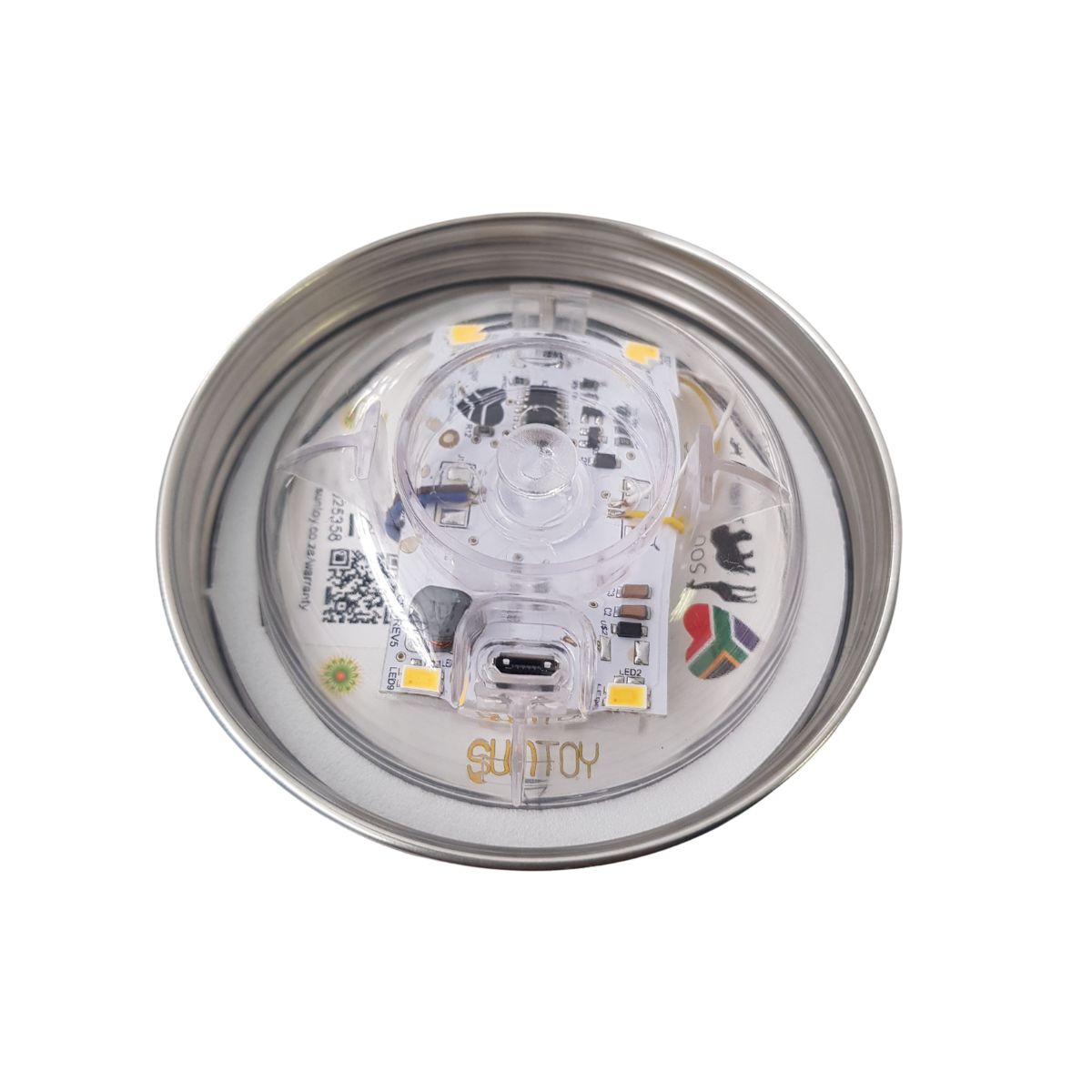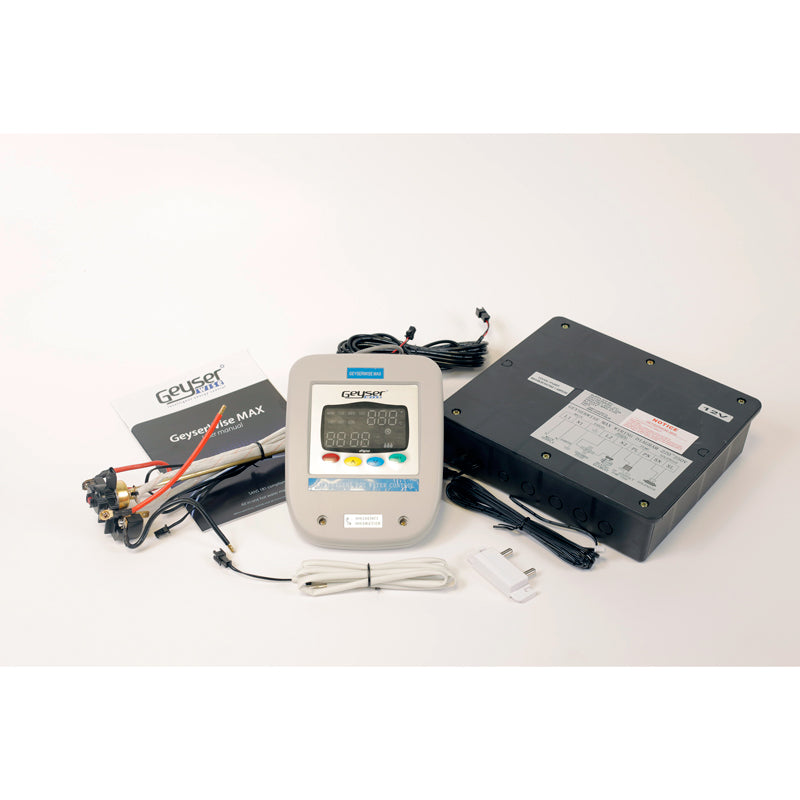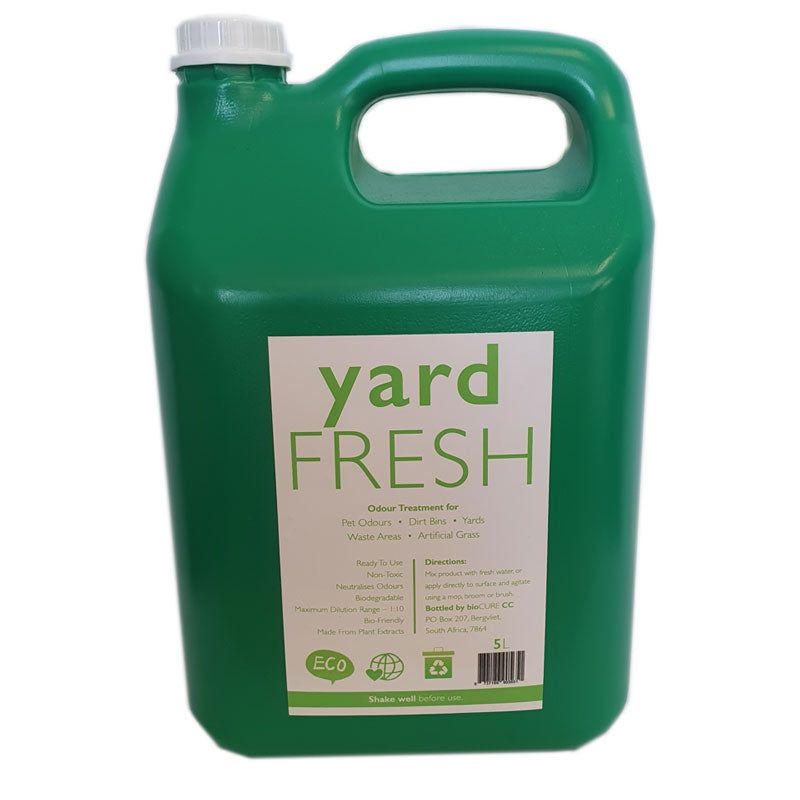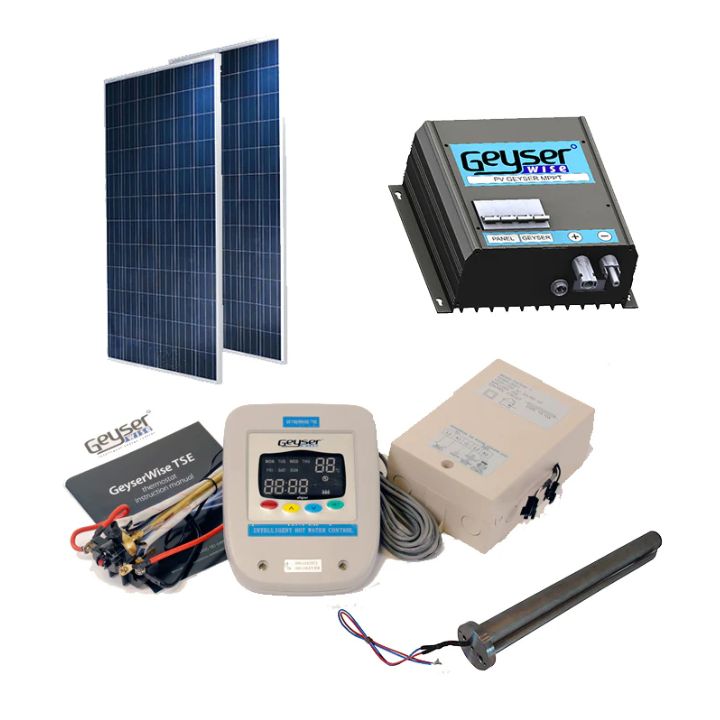Solar Heating Explained: Direct versus Indirect Solar Geysers in South African Climates

As South Africa strives to harness renewable energy sources and reduce carbon emissions, the adoption of solar water heating systems has gained significant attention. In this blog post, we will delve into the unique climate characteristics of different regions in South Africa and explore the suitability and performance of direct and indirect solar water heating systems. By understanding these factors, homeowners can make informed decisions about selecting the ideal solar water heating solution, contributing to a greener and more sustainable future.
Climate Characteristics in South Africa:
South Africa boasts diverse climate patterns, ranging from arid deserts to humid subtropical regions. Temperature variations, rainfall patterns, and sunshine levels differ significantly across the country. Regions like the Western Cape experience mild Mediterranean climates, with moderate temperatures and winter rainfall, while inland areas, such as the Free State, endure extreme cold during winters and scorching heat in summers. The coastal regions, like KwaZulu-Natal, benefit from subtropical climates with consistent rainfall. The nation's unique climate characteristics play a crucial role in determining the effectiveness of solar water heating systems.
Direct vs. Indirect Solar Water Heating Systems:
Direct and indirect solar water heating systems offer various advantages and considerations based on the specific South African climate. Direct systems circulate water through solar collectors, where it is directly heated by the sun and stored in a well-insulated geyser. These systems are ideal for regions with ample sunlight and relatively mild temperatures since they require direct exposure to the sun to perform optimally.
Indirect solar water heating systems, on the other hand, utilize an antifreeze heat transfer fluid to capture and transfer heat to the water stored in the geyser. These systems are better suited for areas with harsh winters, as they continue to operate efficiently even in colder temperatures. The heat transfer fluid absorbs solar energy and transfers it to the water, ensuring hot water availability even during sub-zero weather conditions.
Energy Efficiency and Cost Savings:
Both direct and indirect solar water heating systems offer considerable energy and cost savings compared to conventional geysers. By utilizing the power of the sun, homeowners can significantly reduce their reliance on electricity or other forms of traditional energy sources. While direct systems may have lower installation costs and maintenance requirements, indirect systems provide increased reliability in extreme climates. Considering operational expenses and payback periods, homeowners should carefully assess their unique climate requirements to determine the most cost-effective option.
Combatting Climate Change:
The adoption of solar water heating systems in South Africa has a profound impact on reducing carbon emissions and combating climate change. By harnessing renewable energy sources, homeowners decrease their carbon footprint and contribute to a more sustainable future. With South Africa's abundant sunshine, widespread adoption of solar water heating systems could significantly reduce the reliance on fossil fuels, leading to a cleaner and greener environment.
